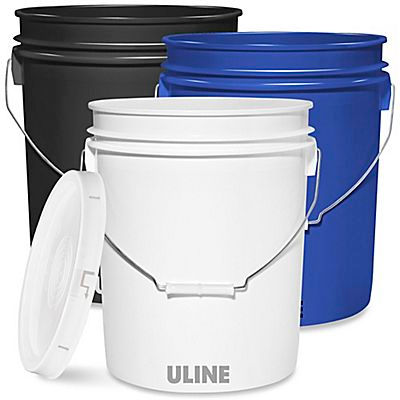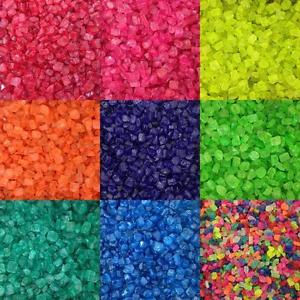CLEANING YOUR SUBSTRATE
- DebTim
- Feb 15, 2018
- 3 min read
Did you know that you should clean your gravel prior to use? Sounds silly really. We aren't going to eat it, or play with it. Can you guess who will? Yup your fish. Just like little children they will play in it, dig in it, and even put some in their mouths.
Some gravels are labeled rinsed or cleaned and ready for use. To the naked eye it may look like that. What you don't see is what you must make sure and remove. Chemicals, poisonous residue from the factory picked up during the packaging process, and excessive dust or bits of dirt are a sure bet that you don't want in your aquarium.
So what's the big deal? Simple, you don't want to chance anything in your aquarium that may harm your fish, and you want your aquarium to look clear and clean. The dirt and bits of debris would be enough to cause cloudy water. This over time, can be cleared up through the use of your filters but, much of the dirt will settle only clouding up again when you disturb the gravel. Why deal with that when it's not necessary and a potential health hazard? Improper cleaning of substrate is the #1 cause of cloudy water in a new aquarium.
At this point you have already purchased the gravel you want. It's recommended to cover your aquarium bottom with approximately 3" of substrate. The rule of thumb is 1 pound of gravel per gallon. Depending on the type of fish you are homing in my opinion you don't need that much. This rule must only have small aquariums in mind as it would be insane to have 150 pounds of sand in my large aquarium. I'll leave this topic for another time.
This is how I clean pool filter sand that I prefer as my universal substrate.
You will need:

2x5 gallon pails labeled aquarium use only - you want it free of any soap residue or any other harmful chemicals so it must be kept only for your aquarium use. There are many places you can purchase 5 gallon pails complete with lids for very little cost. I go to the local bakery and get them for $2 each. It's also uber important to be aware of what they have been used for if you are buying used pails. From the bakery they usually have contained honey, flour and other food items.

Next you will need a strainer. Preferably a metal sieve type that is more like a screen. You want it large enough to sit securely in the top of your 5 gallon pail.
Fill your sieve about 1/2 way with the substrate of choice and pour water through it. The pail is a great way to catch any particles that sneak through the sieve, that you don't want going down your drain. While pouring the water through you can stir up the gravel with your hands or simply shake the sieve if you don't find it's too heavy. You will need to repeat this several times, until you the water is running clear. Once your first batch of gravel is clean you can either add it directly to your aquarium but I prefer putting into my 2nd 5 gallon pail until I have enough washed to setup my tank.
I personally do not recommend purchasing colour gravel but that's a personal preference and nothing more. Coloured gravel can leach poisonous chemicals into your water possibly killing your fish. This is of course your choice but if you do choose coloured substrate, usually gravel, it's uber important that it is clean properly.

This gravel must be cleaned in a slightly harsher way to ensure it's safe for use. Pour some of your gravel into a 5 gallon pail. You will want to do this outside. Using your garden hose with a forceful nozzle or a pressure washer, spray the gravel in the pail. The water can be allowed to overflow onto the grass as it won't do any damage. Continue spraying allowing the water to overflow until it runs clear. Then you can repeat the process with your next batch, moving the cleaned gravel into the extra pail. Once you have all your gravel cleaned you should run it through your strainer to make sure all particles have been removed.
If the gravel isn't cleaned properly it will not only cause cloudy water but with coloured gravel it can affect the colour of your water. Which ever you choose it's important to take these steps to ensure not only the best environment for your fish but peace of mind as well.












Comments